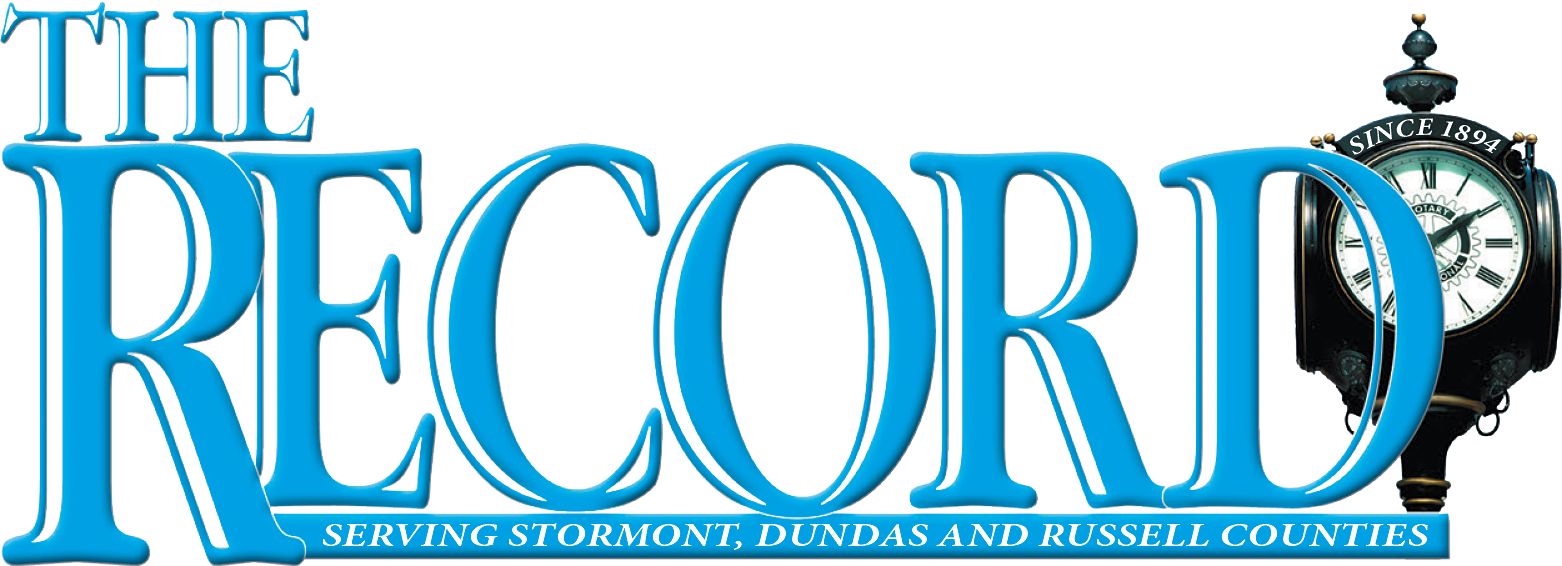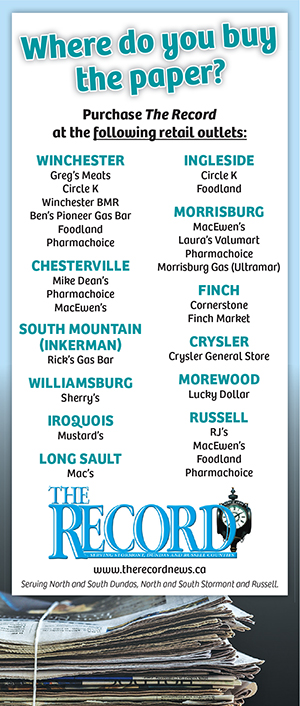Kalynn Sawyer Helmer
Record Staff
ONTARIO – Today, Wed., Oct. 17 marks the official legalization of recreational/non-medical cannabis across Canada. What this means in Ontario is that a person must be over the age of 19 in order to buy, use, possess and grow non-medical cannabis. While current legislation allows for the consumption of cannabis in a private residence, the government has proposed to allow the smoking and vaping of cannabis in outdoor public places, resident vehicles (that meet specific criteria), controlled areas, research and testing facilities and designated guest rooms.
Most importantly in the legislation, cannabis use and driving is strictly illegal and can be dangerous. Penalties for driving under the influence can include license suspension, financial penalties, vehicle impoundment, jail time and a criminal record.
As of Oct. 17, the Ontario Cannabis Store is the only legal method of purchasing non-medical cannabis. Private retail outlets will launch by April 1, 2019, with the Ontario Cannabis Store as the exclusive wholesaler.
Employers should note that while consuming non-medical cannabis will remain illegal in the workplace after Oct. 17, they will be required to address associated workplace hazards. Employees must perform their duties safely and report hazards to their supervisors.
Angelina Carrière, public health promoter with the Eastern Ontario Health Unit spoke to parents and community members in North Dundas on Tues., Oct. 9. The public forum on Cannabis was one of many being held over the last few weeks at local high schools. The idea, Carrière said, is to make parents and adults more comfortable on providing information to children so they can make more informed decisions.
The forum began by providing those in attendance with some background on the cannabis plant and its properties. Cannabis, contains chemicals which are called cannabinoids. These cannabinoids are variants of THC (delta-9-tetrahydrocannabinol) or CBD (cannabidiol). THC is the primary psycho-active chemical more often found in non-medical cannabis while CBD is more often found in medical cannabis and contains little to no psycho-active properties. With the legalization, all cannabis products will be required to have detailed labels outlining how much THC and CBD each variant contains.
While there are a number of ways to consume the drug, the two most common are inhaling and ingesting. These two methods breed vastly different results, of which parents, employers and others should be aware.
Inhalation, Carrière explained, can produce effects immediately and up to 30 minutes. Those effects can last up to four hours. Ingestion on the other hand, takes longer to produce effects, anywhere from 30 minutes to two hours after and can last upwards of 10 hours. This can often be dangerous for over consumption. While the EOHU suggests no consumption of cannabis to be totally safe, if consuming edibles, going slow is important. With the current legalization, only the dried leaves will be sold, with edibles likely coming to stores next year.
Carrière explained in her presentation that short term effects of cannabis use include: “intoxication and sedation; mind altering effects (how one feels, thinks, acts); and it may have a therapeutic benefit.” Long term effects are: “difficulties with memory and concentration; harm to lung health (from smoking); addiction; and also may have therapeutic benefits.”
The idea of legalization is to create a strict legal framework to control cannabis sales, production and consumption. The policies and guidelines put in place aim to protect citizens. The EOHU’s message, Carrière said, is that “even though something is legal, doesn’t mean that it is safe.” As with any drug, the higher the frequency, the higher risk. If using non-medical cannabis, follow safe use guidelines set out in the EOHU Cannabis Use Guideline or find more resources on the Ontario government website at www.ontario.ca/page/cannabis-legalization. The EOHU website can be found at www.eohu.ca/cannabis.










